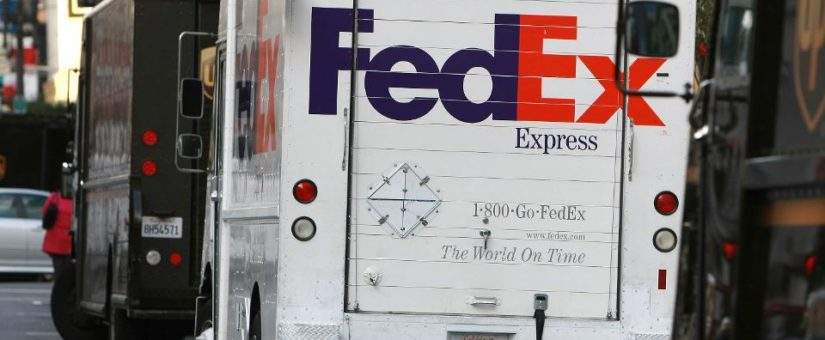
Direct-to-Consumer 2020 Wine Shipments Try To Even Out On-Premise Sales Loss
According to the Wine Analytics Report (WA) released July 15, 2020, consumer spending on domestic wine in June was $3.4 billion and wine spending for the 12 months ending in June reached $70 billion. But according to bw166, the numbers represent a 5% drop from the same period in 2019.
As expected, on-premise wine sales were off over the past six months; in June those sales were 69% down from June of 2019. WA predicts limited on-premise wine sales for the remainder of 2020.
The off-premise world looks quite different. According to Nielsen, at the end of June 27, 2020, off-premise wine sales increased almost 18% over the same period in 2019, to almost $1 billion.
At about 88% of the market, glass wine packaging remains the dominant container, boxed wines ranked second, accounting for 9% of wines sold. At just $163 million, canned wines captured the smallest portion of sales—still, it is the fastest-growing packaging type, which increased sales 79% over the 52 weeks ending in June 2020. Canned wines commanded an average of $8.60 per 750ml, while wines in glass packaging averaged $9.04 per 750ml.
Consumers are spending more on Direct-to-Consumer (DtC) shipments—up 30% in June 2020 over a year ago. According to WA/Sovos ShipCompliant, DtC “…shipments increased 40% to 550,355 cases. The activity boosted shipment value in the first six months of 2020 to almost $1.7 billion, 15% above a year ago.”

One particular company Founder and CEO, Anish Patel noticed the DtC trend. He operates Tinto Amorío in cans. Patel says in 2019 the brand rolled out to almost 350 Alberstons, Vons and Pavilion stores in Southern California. Near the end of that year his brand was going into Young’s/Republic National Distributing.
At the beginning of 2020 Patel was poised to take a new branding approach that focused introduing Tinto Amorio wine spritz into all of Southern California stores—then, the pandemic arrived.
Says Patel, “Grocers stopped taking submissions for new products, our new [wine] spritz was delayed at production, and our marketing in-stores was no longer an option. In-store tastings, placements, trade promotions, and merchandising were either no longer available…or preference was sometimes given to big brands with large volumes.”
Even with low cash reserves, Patel’s company donated to food banks to support local communities, but something needed to change, and fast.
Patel says, “Through the first months of quarantine…We saw a 3000% increase in Instagram [messages] and emails inquiring about buying our product online.”
At less than 2% of sales, e-commerce was never a large portion of Tinto Amorio’s business. It was apparent to Patel that the DtC channel needed more attention.
Patel says, “We always knew that there are ways to bypass the 3-tiers, specific to wineries, to ship direct to customers without the use of a distributor, retailer, or vendor. However, we had never gone out and applied for the licenses and permits required in each state because we didn’t need them in the past and retail was going so well.”

Patel’s company has applied for those licenses. He says, “We also have placed a heavy emphasis on building strong digital content as well as partnering with e-commerce trailblazers to make our platform optimized and innovative…we can control the brand positioning and don’t have to compete with 80 plus SKUs on the shelf, and it allows for sales expansion…
“… a lot of wine and spirits brands still use relatively antiquated websites and are built on templates that make them all feel somewhat homogenous and stale…Many of these online stores are not optimized for shopping (our current set-up through the third-party isn’t, either). There’s only a handful of alcohol brands—all of them startups—that I can point to that excite me when it comes to DtC execution and so, it’s another channel ripe for disruption, even though it already accounts for billions in sales annually.”
Patel adds, “The ability to control brand positioning is particularly exciting, because we don’t have to be notched directly into canned wine. We aren’t purely that, we are more closely aligned to a space between Sangria or an Aperol Spritz.” And, he says, “…designing packaging for the shelf, we have to think about how to make it stand out while also being informative…a well thought out website can often inform really well and highlight the brand…packaging can be innovated with simplicity in mind.”
Patel is convinced DtC is the future. Considering that off-premise sales have buoyed overall wine sales lately, and DtC grows, he’s certainly onto something.
Article provided by Thomas Pellechia Contributor Food & Drink. Experienced independent writer with a background in the wine industry.
- Posted by support
- On July 21, 2020
- 0 Comment



